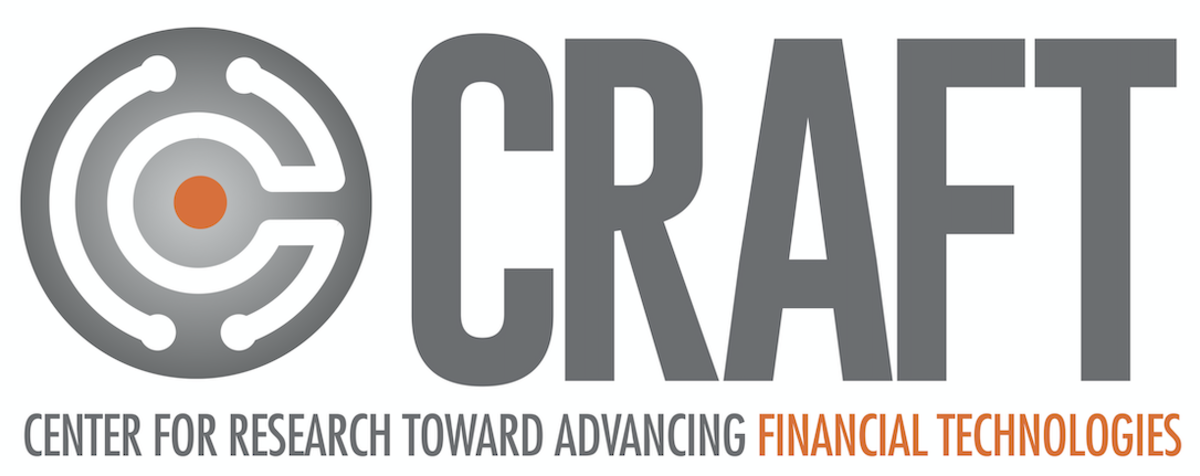The first fintech-focused Industry University Cooperative Research center funded by NSF
Innovations in industry are now driven by technology. Speed, security, computational power and novel analytical systems have become critically important to success on this bold new playing field. Responding to the urgent need for solutions to these new challenges, CRAFT, the Center for Research toward Advancing Financial Technologies, was established in summer 2021 by Stevens Institute of Technology and Rensselaer Polytechnic Institute, co-sponsored by the National Science Foundation (NSF).
CRAFT is the first fintech-focused Industry University Cooperative Research center funded by NSF. Working together, the center's academic and industry partners will collaboratively create innovative solutions such as decentralized finance, AI-enabled finance, quantum finance and solutions to climate-related impacts on investment, while also helping secure our financial data, create and test more equitable trading platforms, inform financial regulations, and support improved market simulation and stress-testing tools that ensure financial system stability for all.
Request for pre-proposals
CRAFT is seeking new pre-proposals for fintech-related research projects.
>>See RFP
Latest projects
See CRAFT's funded projects for the 2025-2026 cycle.
Become a member
By partnering with CRAFT, your organization will have the opportunity to shape an important national fintech research program.
In addition, CRAFT membership offers tangible business values:
Access to talent
Access to research results
Leveraged research dollars
Networking potential > More
What is fintech?
The “fin” in fintech includes:
design and operation of financial market infrastructure systems – exchanges, custody, clearing and settlement systems
banking services, credit creation, digital currencies, and payment systems > More
The “tech” in fintech includes:
distributed ledger technologies (e.g., blockchain)
quantum computing and communications > More
CRAFT Annual Report
CRAFT's fiscal year 2025 represents a pivotal moment of strategic expansion and vision-setting for the future of fintech. The Center hosted the landmark Fintech 2040 workshop, bringing together 50 industry leaders to identify six key challenge areas shaping the field's future. CRAFT expanded its research portfolio with 11 funded projects spanning AI safety, quantum resilience, and financial innovation. The organization welcomed Prudential as a full member and added three affiliate academic institutions. These achievements position CRAFT as a leading hub for industry-academia collaboration, driving responsible innovation in financial technology through the next decade.
View the 2025 Annual Report




